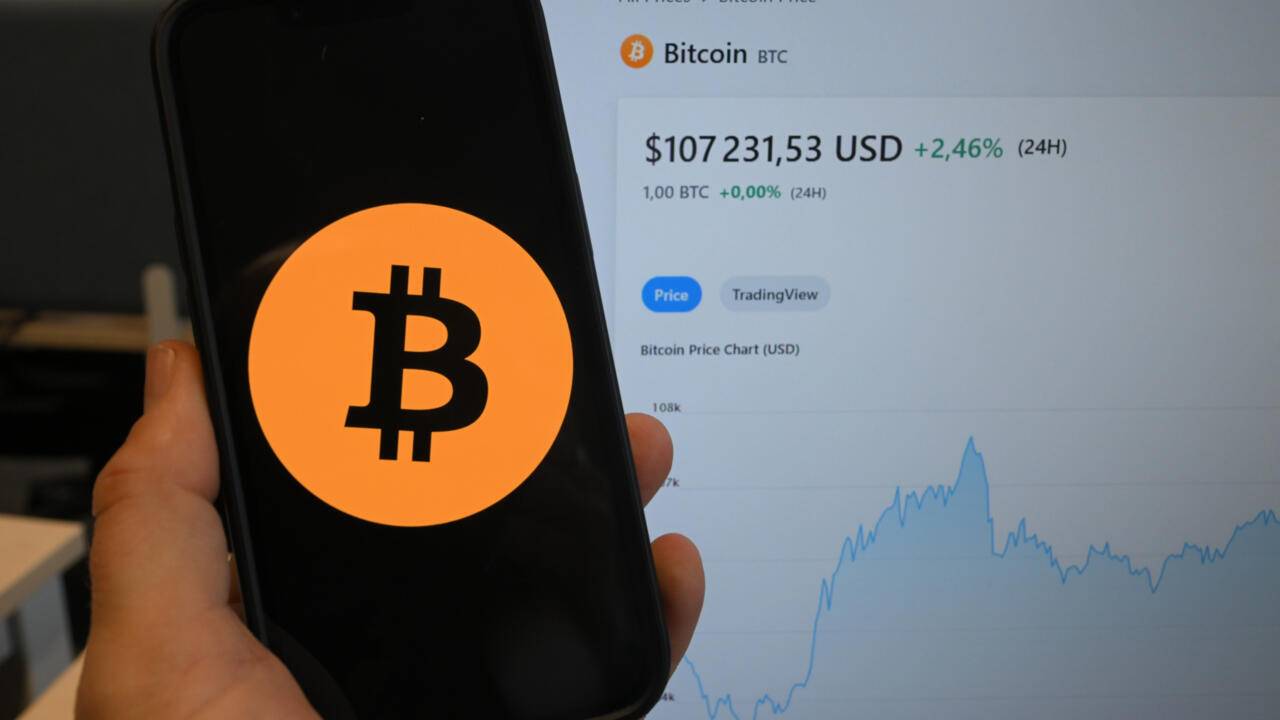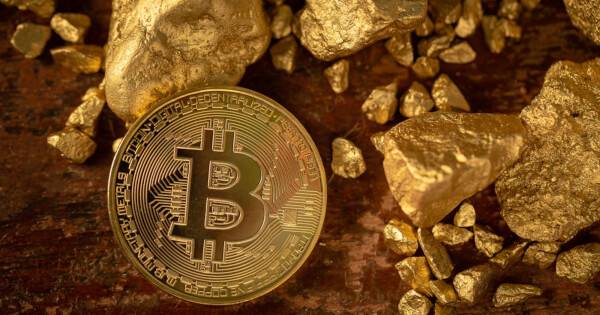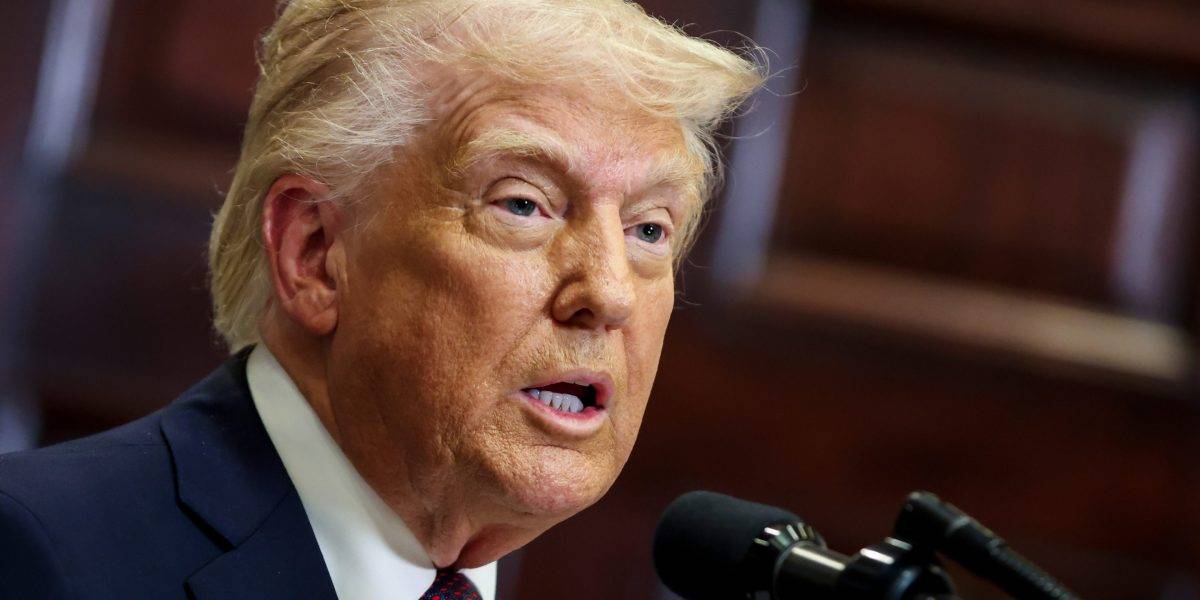In recent months, the White House has been actively exploring a bold strategy to incorporate Bitcoin into the U.S. financial system. This includes a proposal to swap part of the United States’ gold reserves for Bitcoin, a move that could significantly boost the cryptocurrency market and establish Bitcoin as a mainstream reserve asset. This concept is linked to the “Bitcoin Act of 2025”, which suggests the U.S. should acquire 1 million Bitcoins, equivalent to about 5% of the total supply, using funds from the sale of Federal Reserve gold certificates to avoid using taxpayer money.
The idea of using gold reserves to purchase Bitcoin is championed by Bo Hines, the executive director of the President’s Council of Advisors on Digital Assets. Hines highlights that if the gains from gold are realized, this transaction could be budget-neutral, allowing the U.S. to diversify its reserve assets without additional taxpayer cost. This approach aligns with President Trump’s initiative to create a Strategic Bitcoin Reserve and a digital asset stockpile, aiming to position the U.S. as a leader in cryptocurrency and digital asset management.
In March 2025, President Trump issued an executive order to establish these reserves, leveraging seized cryptocurrencies to build a central store of Bitcoin and other digital assets. The move is part of a broader strategy to manage digital assets effectively, ensuring they are utilized to meet government objectives without incurring additional costs to taxpayers. This policy shift reflects a growing recognition of cryptocurrency as a valuable asset class, with Bitcoin often referred to as “digital gold” due to its scarcity and security features.
The International Monetary Fund (IMF) has also noted Bitcoin’s potential by classifying it as “digital gold,” indicating its increasing recognition as a capital asset parallel to traditional assets like gold and land. These developments suggest a significant shift in how major financial institutions view cryptocurrencies, from hesitant to more proactively incorporating them into financial strategies.
The U.S. government’s push for cryptocurrencies includes legal and regulatory efforts. The Trump administration has issued executive orders aimed at fostering a supportive environment for digital assets, including a call for clearer regulatory frameworks. Michael Saylor, a prominent figure in the crypto space, has proposed that the U.S. could unlock up to $100 trillion in economic value by integrating digital assets more fully into the financial system, including strategic acquisitions of Bitcoin over the next decade.
While the proposal to exchange gold for Bitcoin is ambitious, it reflects the evolving landscape of cryptocurrency as a viable financial asset. As regulatory clarity improves and more governments consider strategic cryptocurrency reserves, the potential for Bitcoin and other digital assets to play a larger role in global finance grows. This could lead to increased confidence in cryptocurrency markets and further integration into mainstream finance, potentially reshaping how nations manage their reserve assets in the future.
However, concerns about regulatory oversight and market stability remain. Ensuring that government transactions in digital assets do not unduly influence market prices is crucial, as well as developing secure methods for storing and managing these assets. As the U.S. continues to explore the potential of Bitcoin and other digital assets, balancing innovation with financial stability will be paramount.
For investors and cryptocurrency enthusiasts, this shift presents both opportunities and challenges. The increased recognition of Bitcoin as a reserve asset could drive up its value and demand, benefiting those already invested. However, the volatility of cryptocurrency markets means that any investment carries significant risks, and regulatory changes can impact market dynamics rapidly.
In conclusion, the consideration of swapping gold for Bitcoin reflects a broader trend of governments and financial institutions reassessing traditional assets and embracing digital currencies. Whether this strategy will be implemented remains uncertain, but it underscores the growing importance of cryptocurrencies in modern finance. As interest in Bitcoin and other digital assets continues to grow, the future of financial management and reserve assets is likely to become increasingly intertwined with the digital economy.









